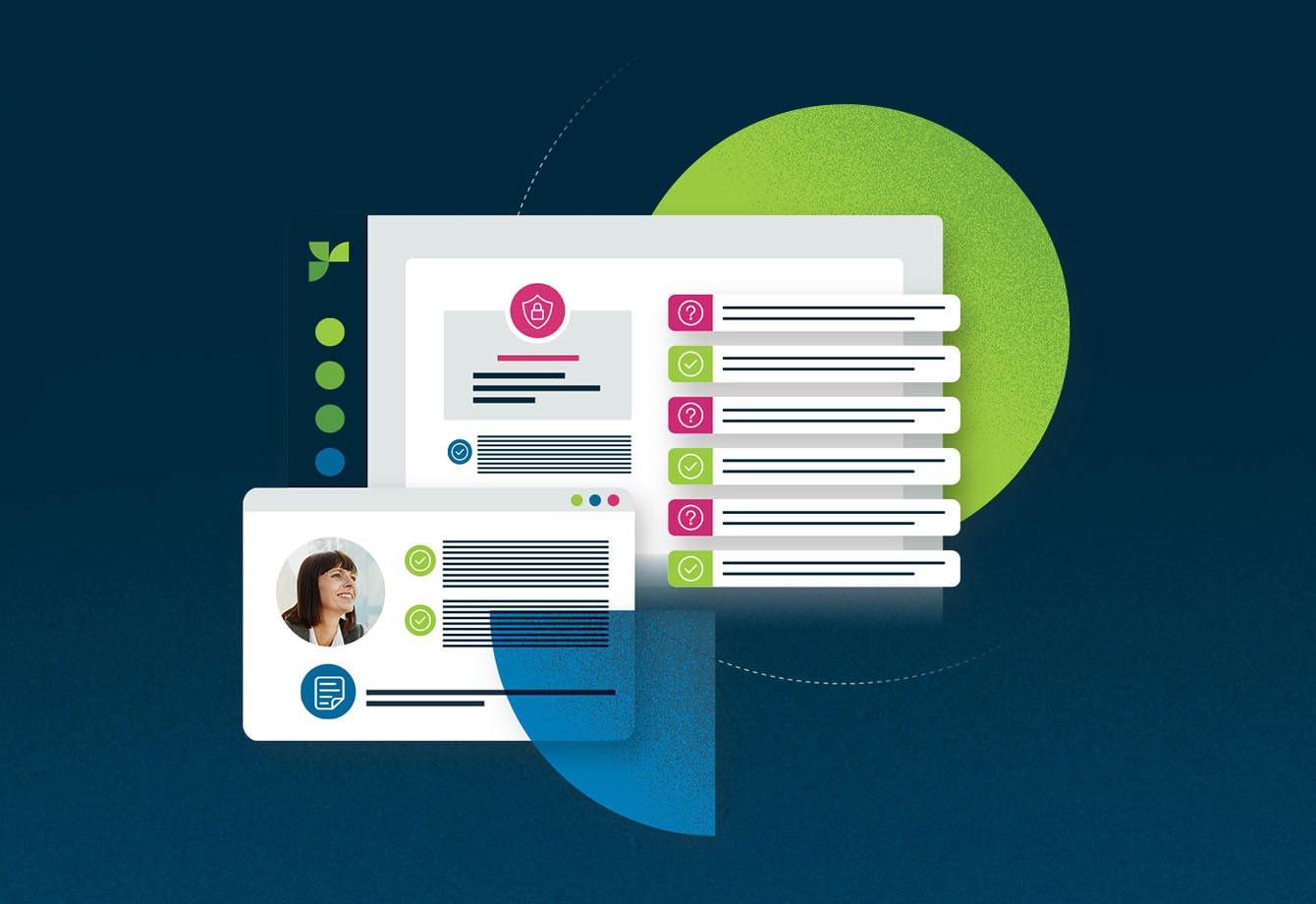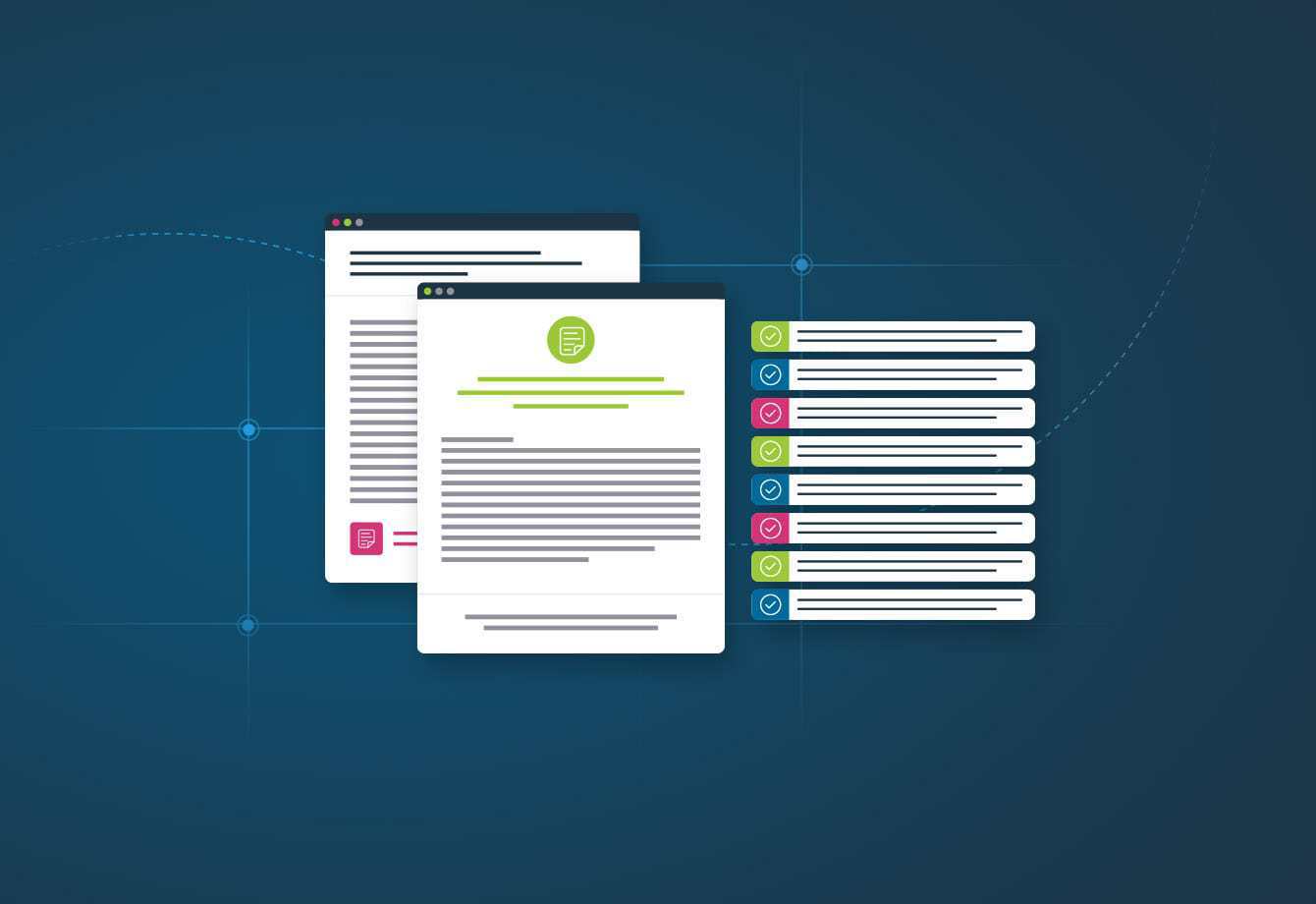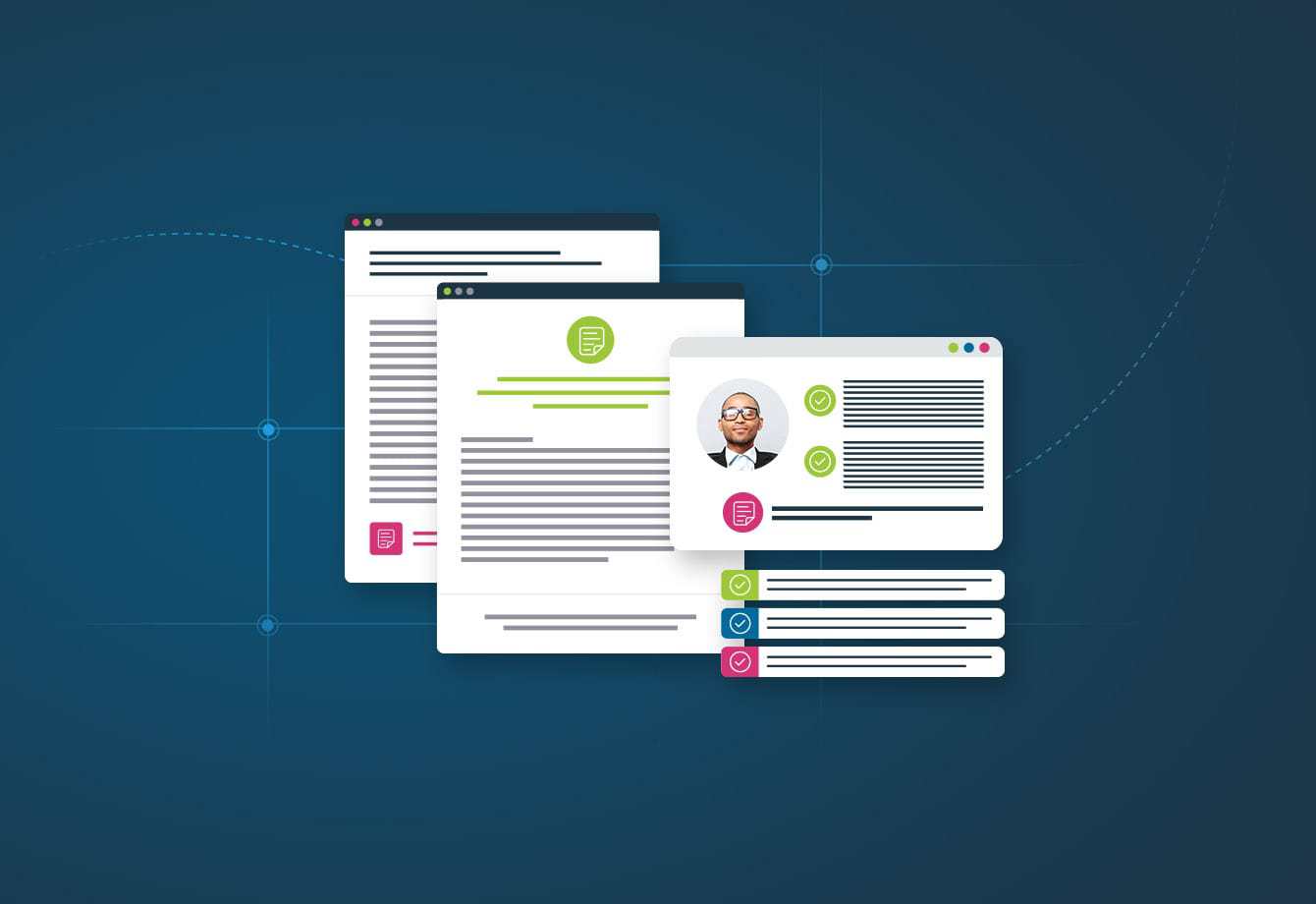
Start Responding Like a Pro
The Responsive blog is full of insights and best practices, giving you the tools you’ll need to streamline your process and respond with confidence.
Featured Post

How to create a project implementation plan for proposal management
ProductivityFor many businesses, the proposal process is always a scramble. Certainly, it’s understandable when working with tight time frames, a […]
Category: Tag: Proposal management process


RFP project management: Bring order to your proposal process
Product & Best Practices
The RFP proposal writer: Role, skills and resources
People & Teams
Proposal review: How to avoid mistakes in your RFP responses
Product & Best Practices
Proposal management: what it is, how it works, and what you need to succeed
Productivity
How to reclaim your work-life balance
Product & Best Practices
How to build a winning proposal team
People & Teams
The perfect B2B proposal is 8 steps away
Products/Features/Solutions
Proposal management: what is it and why it’s important
Productivity
Proposal management resource guide
Products/Features/Solutions
Bid proposal software will transform your response process
Products/Features/Solutions
5 ways to organize your request for proposal for the win
Product & Best PracticesSee how it feels to respond with confidence
Why do 250,000+ users streamline their response process with RFPIO? Schedule a demo to find out.